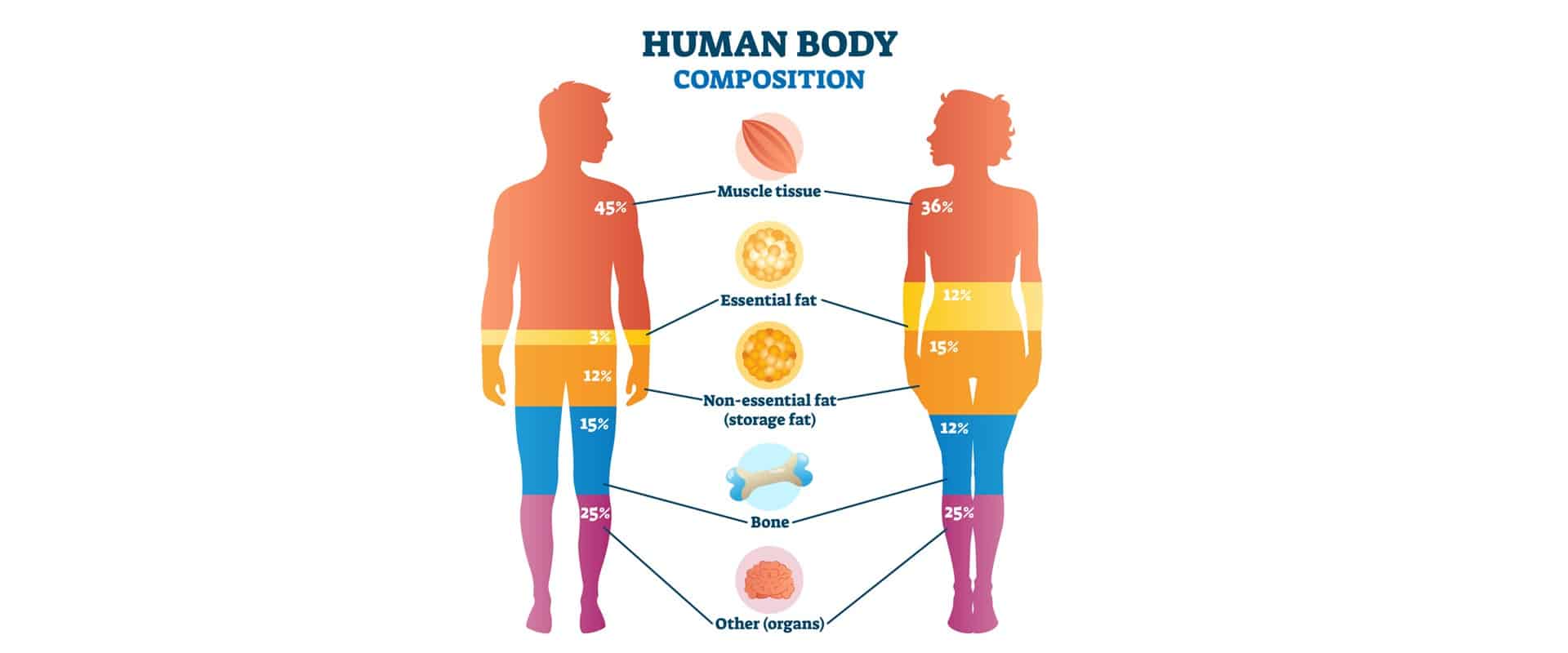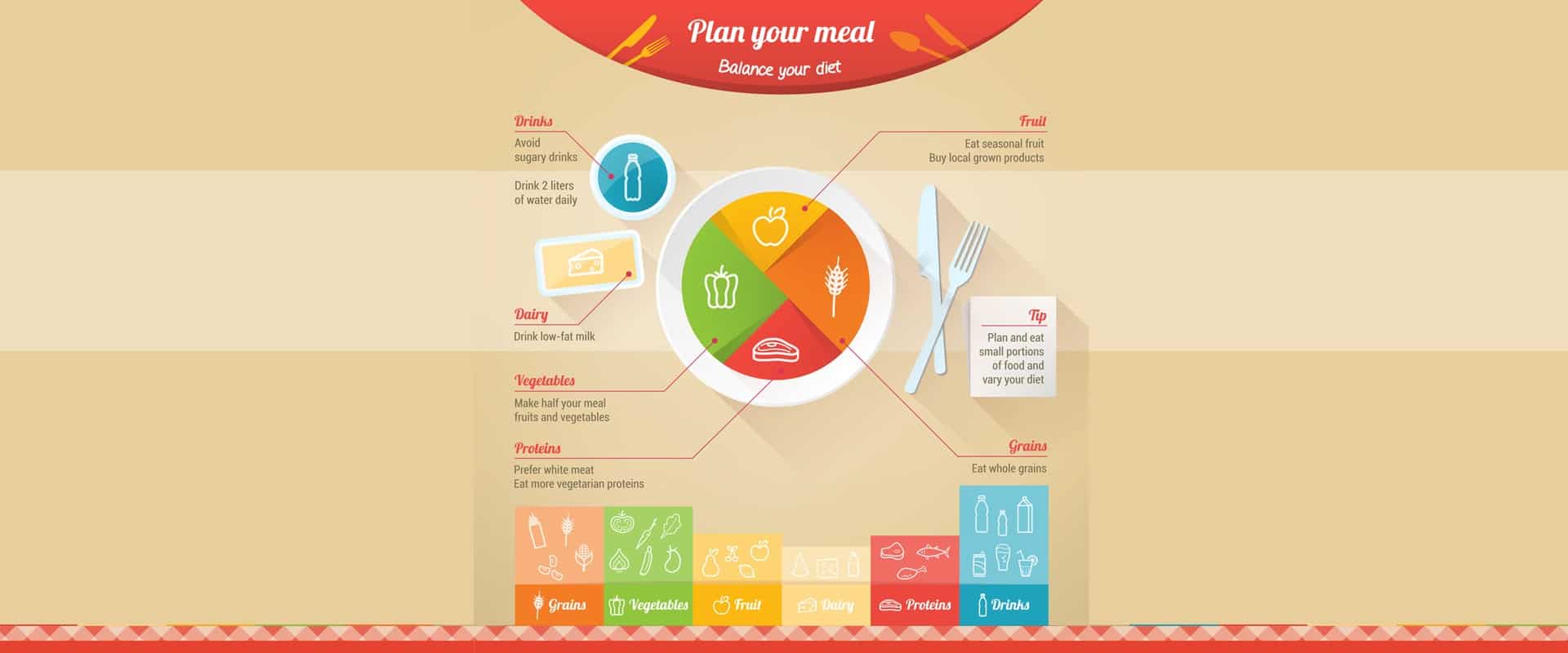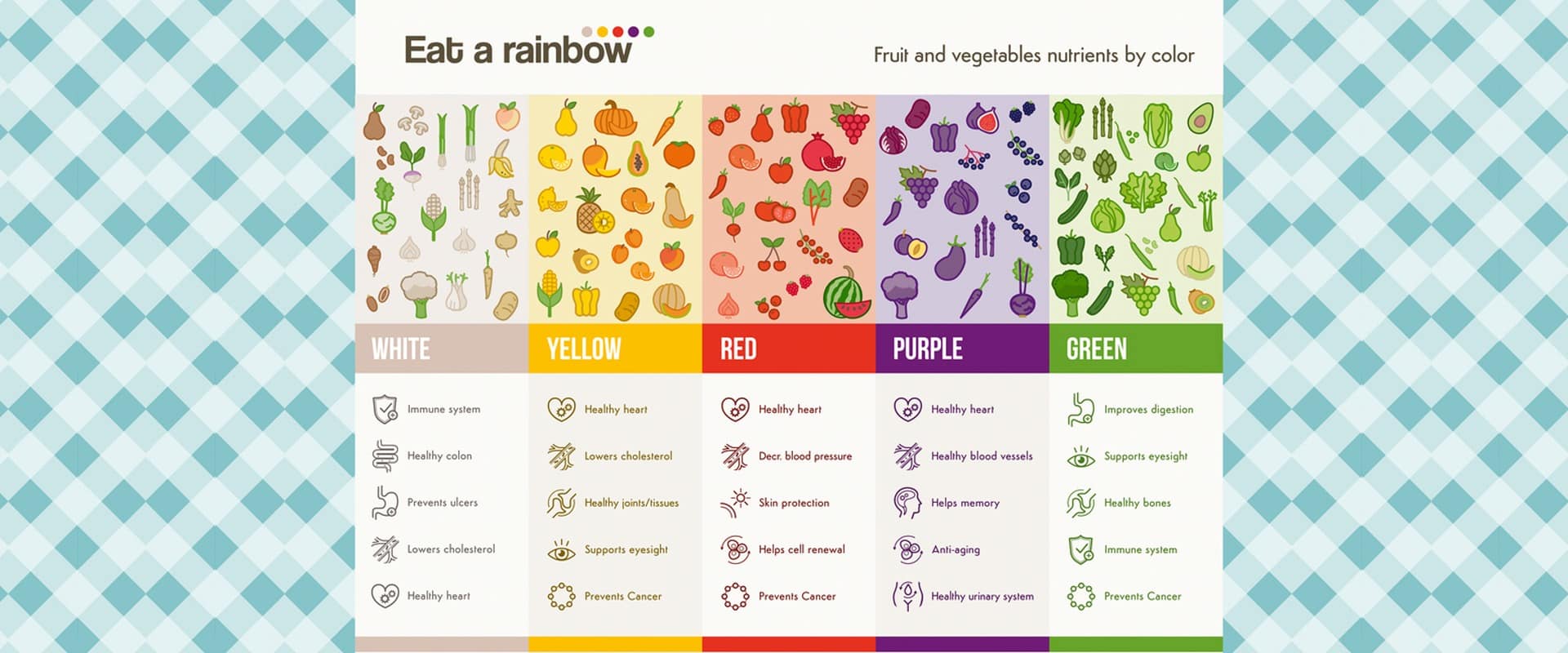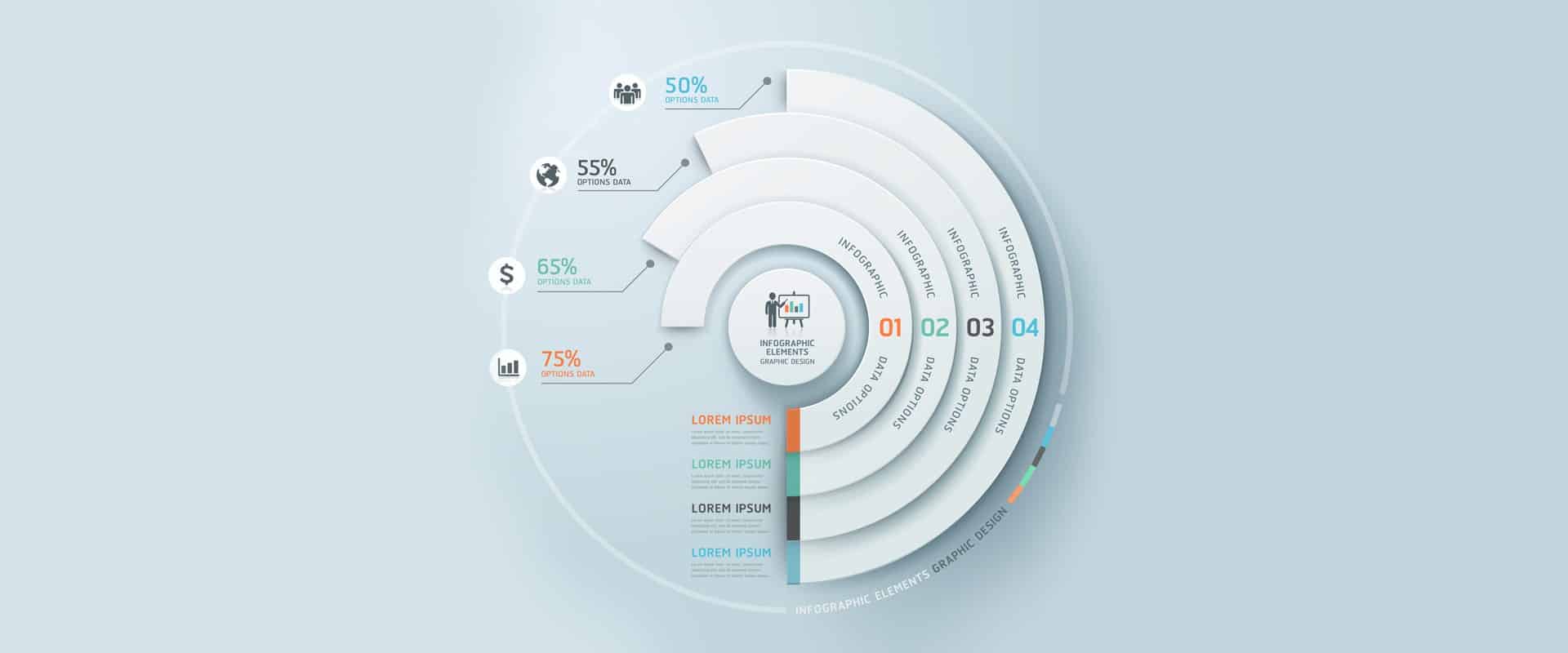Make Infographics Relevant to Your Target Audience

Infographics are the way to go if you intend to educate clients or train employees. Make sure you know who is your target audience and keep them in mind as you design it. Consider what they can learn from reading it and how the information will be helpful to their business. Eliminate any unnecessary jargon and use words that are easily understood. Here’s an example infographic designed for a reasonably broad audience:
Make it Stick in People’s Minds
Don’t be afraid to go all in with your creativity when designing an infographic. But don’t go too far out of bounds that you’re misleading or distracting your audience, or they’ll remember you’re untrustworthy. Here are two more examples of great infographics. Both were designed with extra creativity, and both are especially memorable because the designers thought outside the box when designing the information.
Go with a Template that Provides Information in an Understandable Way
Side by side comparison could prove to be a very beneficial infographic template, but other times, you have a bunch of stats you’re not entirely sure how to weave it all together. Selecting a template helps you consider different ways to organize the info into a coherent whole. First impressions matter, so make sure your infographic is visually appealing. Remember that the eye needs a visual break and consistent spacing is vital. A clear and logical type hierarchy ensures the viewer’s eye has the opportunity to love and digest each piece of content. Finally, limit yourself to one or two fonts and as few font styles and weights as possible. Too much variation in style can distract the eye and confuse.
Optimize Every Aspect of Your Design
Infographics are great tools for increasing SEO, but we can’t tell how many people overlook this critical step. Your infographic, website, and blog should all include the right keywords, so they rank higher in Google searches. That means including the appropriate keywords within filenames, headers and image alt tags, URLs, and blog posts. And don’t forget to add (and check!) social sharing buttons on each post. We all know that getting quality backlinks is essential to ranking higher on Google, but what if you could boost your chances of securing high-quality links without writing any new content? Infographics help you do just that. They’re a winning content marketing tool because they stand out and present information easily. They also allow you to share valuable data in a visually appealing format.
Get Inspiration from the Websites that Share Relevant Content
Look for websites with similar content, and contact them about writing an article based on your infographic. Offering them editorial content can help them create outstanding visuals for their readers, increasing their exposure and building lasting relationships. When you’re at the idea stage, reach out to publications that cover related topics so that you know they’ll be interested before you make the infographic.
Bonus Tip: Where to Publish Infographics
After you’re done designing your infographic, it’s time to go live! First, you want to ensure your audience knows about it, so start posting them on your social media channels and appropriate places on your website. Second, you could submit to multiple famous online websites, including Visual.ly, Infographic subreddits, Mashable infographic, and Visualloop. Remember, your infographics have no value if people don’t see them in the first place.
In Conclusion:
Well, that’s it for this blog post! In this article, we shared five tips on how to use digital marketing infographics the right way. Before creating your infographics:
- Make sure the infographics you design are relevant to your target audience.
- Design content that sticks in people’s minds.
- Optimize your infographic for SEO and get Inspiration from the websites that post relevant content.
We hope you’ve liked this blog post. At PurpleZ marketing agency, our content team strives to provide the best visual data to your audience. Contact us for a free estimate and share advanced infographics with your audience today!
[/vc_column_text][/vc_column][/vc_row]



